Holden Torana LJ GTR XU-1 review
 Holden Torana LJ GTR XU-1
Holden Torana LJ GTR XU-1
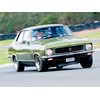
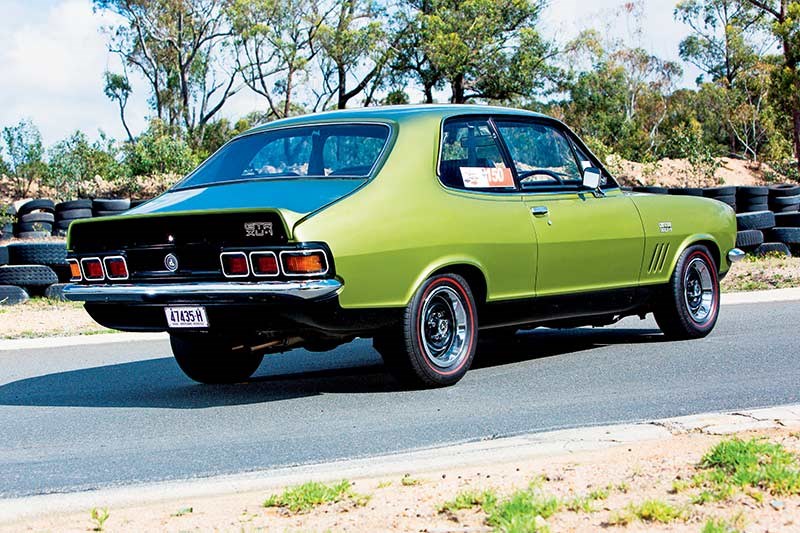 Holden Torana LJ GTR XU-1
Holden Torana LJ GTR XU-1

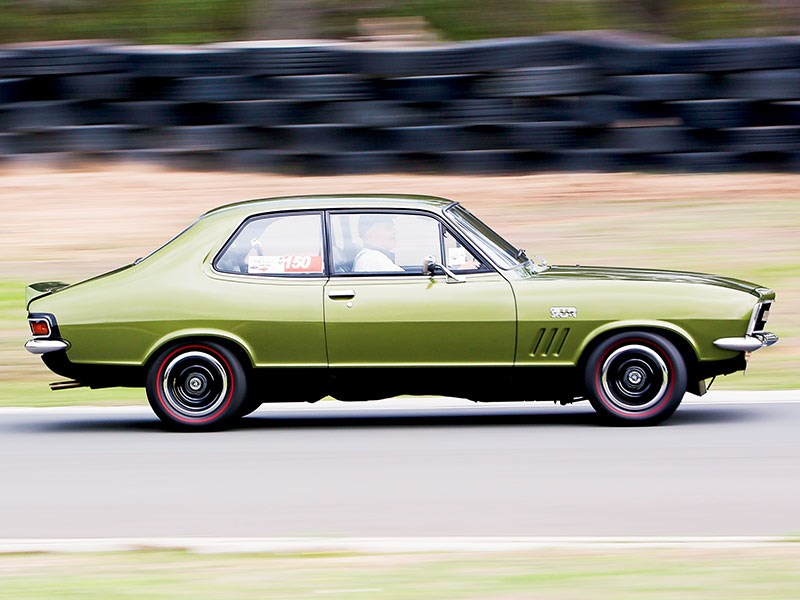 Holden Torana LJ GTR XU-1
Holden Torana LJ GTR XU-1

 Holden Torana LJ GTR XU-1
Holden Torana LJ GTR XU-1
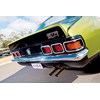
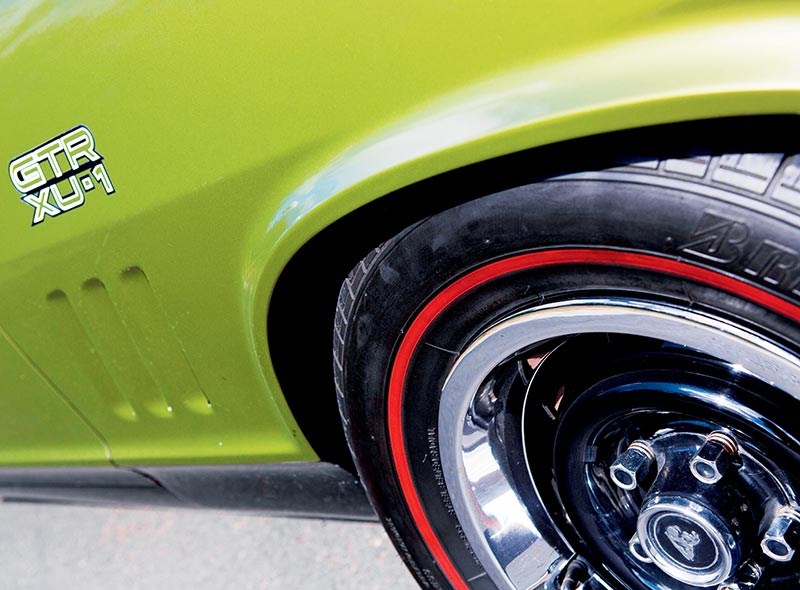 Holden Torana LJ GTR XU-1
Holden Torana LJ GTR XU-1

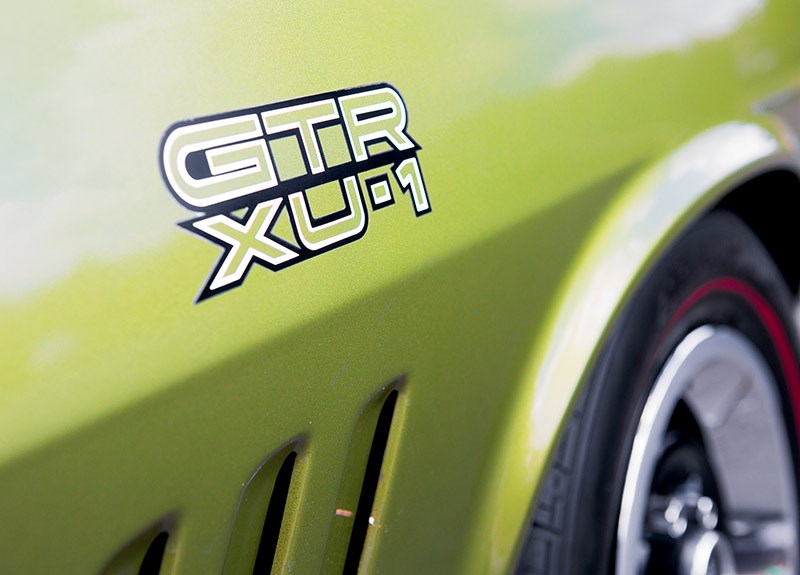 Holden Torana LJ GTR XU-1
Holden Torana LJ GTR XU-1

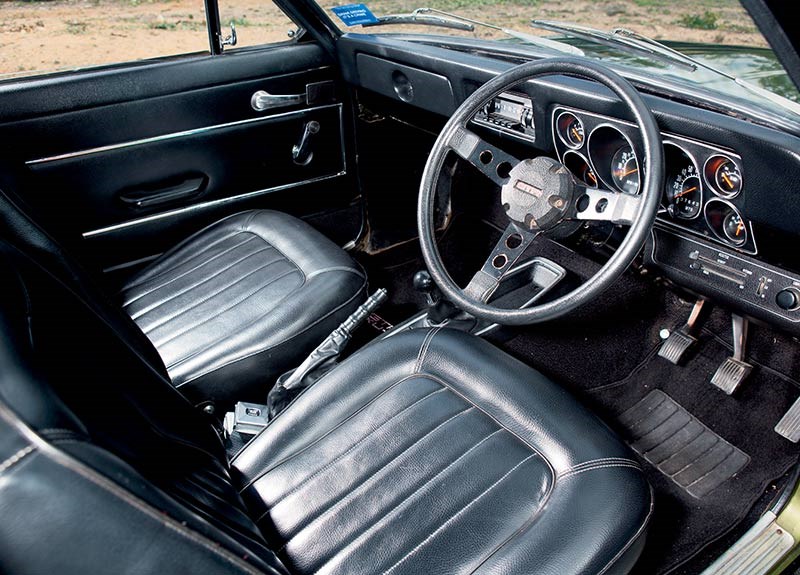 Holden Torana LJ GTR XU-1
Holden Torana LJ GTR XU-1

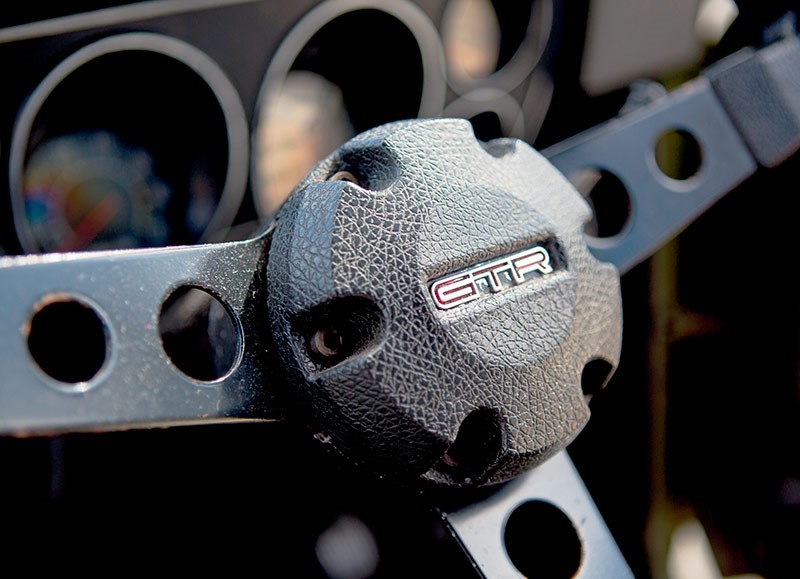 Holden Torana LJ GTR XU-1
Holden Torana LJ GTR XU-1

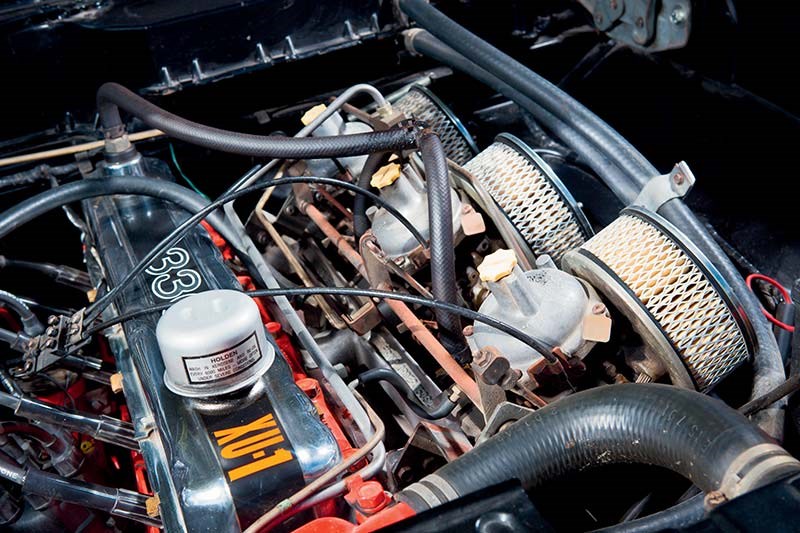 Holden Torana LJ GTR XU-1
Holden Torana LJ GTR XU-1


|
|
Holden Torana LJ GTR XU-1
|

|
|
Holden Torana LJ GTR XU-1
|

|
|
Holden Torana LJ GTR XU-1
|

|
|
Holden Torana LJ GTR XU-1
|

|
|
Holden Torana LJ GTR XU-1
|

|
|
Holden Torana LJ GTR XU-1
|

|
|
Holden Torana LJ GTR XU-1
|

|
|
Holden Torana LJ GTR XU-1
|

|
|
Holden Torana LJ GTR XU-1
|
Top ten Holdens #4: LJ Torana GTR XU-1. The Peter Brock connection cements the XU-1 in motorsport history

|
|
Holden Torana LJ GTR XU-1
|
Torana LJ GTR XU-1
 |
> Watch the video |
It might have been the HK Monaro GTS 327 that introduced Holden to the winner’s enclosure at Bathurst, but it was the LJ Torana GTR XU-1 that introduced the company’s most famous son, Peter Brock, to the taste of Mount Panorama champagne.
Back in 1972, Brock found himself leading The Great Race in horrendous wet conditions that suited his nimble, balanced XU-1 much better than the heavier, more powerful Falcons. HDT’s hopes were pinned on lead driver Colin Bond at the start of the race, but after the most serious race crash in Bond’s career, focus shifted to Brock, who was slowly picking off the opposition – including race favourite Allan Moffat – as they crashed or ran out of brakes.
In the end, of course, that 1972 race became the first of Brock’s amazing nine victories at The Mountain, cementing his – and the LJ GTR XU-1’s – place in Australian motorsport history.
The XU-1 itself was very much a product of the motor racing rules of the day, which demanded a run of 200 road cars to form the basis of the racer. For Holden, that meant contacting their skunkworks run by Harry Firth and letting Harry work his magic on the basic two-door Torana six-cylinder.
Harry’s first attempt at a Torana-based Bathurst winner had been the previous LC model and, while it was good, it never broke through on that big weekend in October.
The LJ was more or less a development of the LC, but would be more potent as Holden had introduced the 202ci red six (up on the previous 186ci). Firth was able to screw even more power out of it, thanks to a tweaked cylinder head, different camshaft, extractor exhaust and triple carbs (Stromberg 175 CD-2s on the road car).
The LJ also got 13x6-inch Globe alloy wheels, a small chin spoiler, bootlid spoiler and even subtle changes like a longer rear trailing arm to give the car a tad more wheelbase for high-speed stuff.
And it was magnificent. Not only that, it was also a raw, uncut kind of car to drive. Drive it today and the front seats lack shape and support and the driving position is seriously off-tap, with pedals offset to the left and a steering column that juts out of the dash at a weird angle and places the tiller too flat. The engine has a rough idle thanks to the big camshaft Harry specified, though the three-carb set-up is surprisingly tractable provided it’s tuned properly.
The steering will load up in turns and the ride is as crude as you can imagine. The gearshift isn’t great, either, with a stiff feel and plenty of noise coming up through the shifter, but to criticise the LJ Torana GTR XU-1 for that is missing the point: it was a Bathurst winner and perhaps the most famous one of all, thanks to the indelible ‘first one for Peter Brock’ connection.
JOHN WRIGHT'S INSIDE WORD:
In many respects the Holden Torana LJ XU-1 is the most interesting of all the cars developed for Mount Panorama. It was also the most Australian.
The late John Bagshaw, Holden’s sales director (1972-1978) and later managing director (1987-1990), credits the six-cylinder Torana to a few beers at a barbie. Interviewed in June 1997 for my official history of Holden, Heart of the Lion, Bagshaw said:
"The cost of developing the racing engines of the bigger car – the (V8)engines that we had available – was going to be horrendous and we didn’t think we’d be competitive. And so we had a look at the Torana, which was a great little car. Over a few cold beers, Max Wilson (managing director), Bill Steinhagen (chief engineer) and I sat down and said, ‘What the hell are we going to do?’ and ‘What if we could strap the six-cylinder engine into the Torana?’
"The six-cylinder Torana started as a discussion about what the hell are we going to do about motor racing; if we can do [the Torana] it will become a real little pocket rocket and it would cure any problem of overcapitalising a product that was not going to be competitive."
Australia’s supercar era dates back to 1965, when Harry Firth developed the Cortina GT500 to give Ford Australia its third 500-mile race win. In 1967 Firth masterminded the fourth (with the first Falcon GT), but in 1969 Ford replaced him with American Al Turner.
Meanwhile, Bagshaw had circumvented the GM no-racing policy by channelling funds through sponsor Castrol and Holden dealers. Firth was picked up to run the HDT.
The Monaro’s Bathurst career lasted two years for two victories. Even before Bond had his only win there (and Brock, Firth’s greatest protege, came third on his Bathurst debut), Firth was already focused on the Torana GTR.
Official policy was to run the Monaro again, but with a Pontiac-type braking system with oil cooling. They couldn’t make it work, so Steinhagen gave Harry the go-ahead on the Torana.
The GT500 largely inspired the GTR XU-1, which similarly got twin fuel tanks for a capacity of 17 gallons rather than the standard GTR’s 10. Firth had given the Cortina large air scoops under the front bumper to direct air onto the brakes and the XU-1 got a spoiler designed to do the same.
While the 3.3-litre LJ XU-1 was excellent, the plan was to race a 308ci V8 version, already being trialled by Brock in sports sedan guise. The supercar scare saw Brock back in a massaged 202-engined XU-1, which proved itself (and him) on the day.
Contrary to popular myth the, XU-1 V8 was never going to be XU-2, even though XU-1 was the official code for the triple-carb six-cylinder engine. Marc McInnes, an engineer on the program, says of XU-2: "It had been assigned to the Bedford truck division. I rescued the paperwork – which hadn’t gone very far – and had XU-2 reassigned to LH," he says.
THE MARKET TREND
Looking for a car that remains attuned to the needs of modern motoring but comes loaded with 1970s character? Grab an XU-1.
These cars can still shriek and slide their way entertainingly around a race circuit and generate nods of recognition wherever they go.
Following a steady climb during the performance car price ‘boom’ – and the more recent slight decline – they seem well qualified to take care of your money.
With more than 1600 of the LJ model produced and plenty of people keen to preserve these Toranas, acquiring a decent, authentic car hasn’t yet become difficult. Just be sure the one you’ve found isn’t just a very good replica.
SPECIFICATIONS - SUMMARY:
LJ Torana GTR XU-1
Production: 1972-74
Body: 2-door coupe
Engine: 3298cc inline-6, OHV, 12v
Power: 142kW @ 5600rpm
Torque: 270Nm @ 4000rpm
0-100km/h: n/a
Gearbox: 4-speed manual
Suspension: Wishbones, coil springs (f); Live axle, coil springs (r)
Brakes: Disc, drum (f/r)
- Return to Top Ten Holdens homepage
*****
More reviews:
> Bathurst legends: LJ Torana XU-1
> Oz vs Euro: LC Torana XU-1 vs BMW 2002 tii
> Buyer's guide: Torana GTR and GTR XU-1
Search used:
Unique Cars magazine Value Guides
Sell your car for free right here
Get your monthly fix of news, reviews and stories on the greatest cars and minds in the automotive world.
Subscribe

.jpg)










